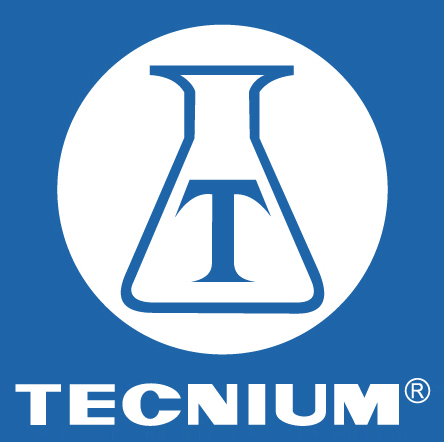All about FRP tanks
In this article we’ll look at what an FRP tank is, what it is used for and its various applications in industry. It is important to understand that FRP tanks are manufactured to very strict safety and mechanical resistance standards.
At TECNIUM we produce high quality plastic industrial tanks, rectangular plastic tanks, and storage tanks for plastic and chemical use. TECNIUM is a plastic tank fabricator and manufacturer of FRP tanks of all different sizes.
What is an FRP tank?
An FRP (Fibreglass Reinforced Plastic) tank is a vessel made for construction in chemical plants and the pharmaceutical industry. FRP is the construction material and the tanks can range in size from less than meter to more than 20 meters.

What is an FRP tank used for?
FRP tanks are largely used in chemical plants and in the pharmaceutical industry. FRP tanks are widely used in the chemical industry in the following areas: chlor-alkali manufacturers, fertilizer, wood pulp and paper, metal extraction, refining, electroplating, brine, vinegar, food processing, and in air pollution control equipment, especially at municipal wastewater treatment plants and water treatment plants.
FRP tanks are made to very strict standards in terms of safety and mechanical resistance.
Types of FRP tanks
FRP tanks are used in various commercial and industrial applications, including chemical, water & wastewater, food and beverage, mining and metals, power, energy, and high-purity applications.

FRP scrubbers
FRP scrubbers are used for washing fluids. In air pollution control technology, scrubbers come in three varieties, Dry Media, Wet Media, and Biological.

TECNIUM provides all the best quality FRP tanks for your company’s needs. All our FRP tanks are corrosion resistant. The tank capacities are between 500L to 200,000L. The pressure available is up to 6 bar and vacuum up to 750 tor. We provide standard tanks, reactors and vessels, silos, decanters and thickeners. TECNIUM uses the following materials in tank construction:
TECNIUM’s FRP tank models are available in vertical, horizontal and rectangular sizes.

